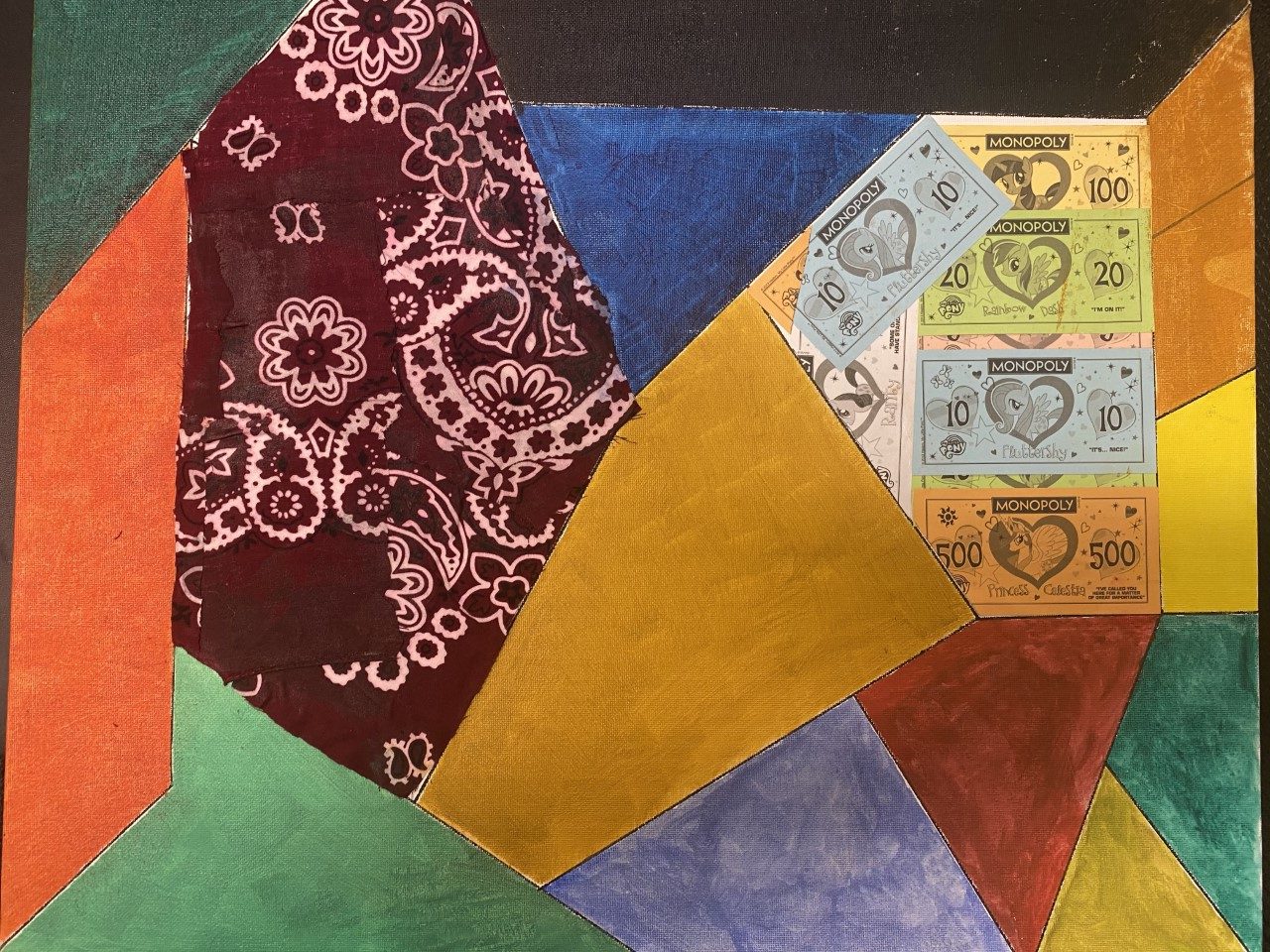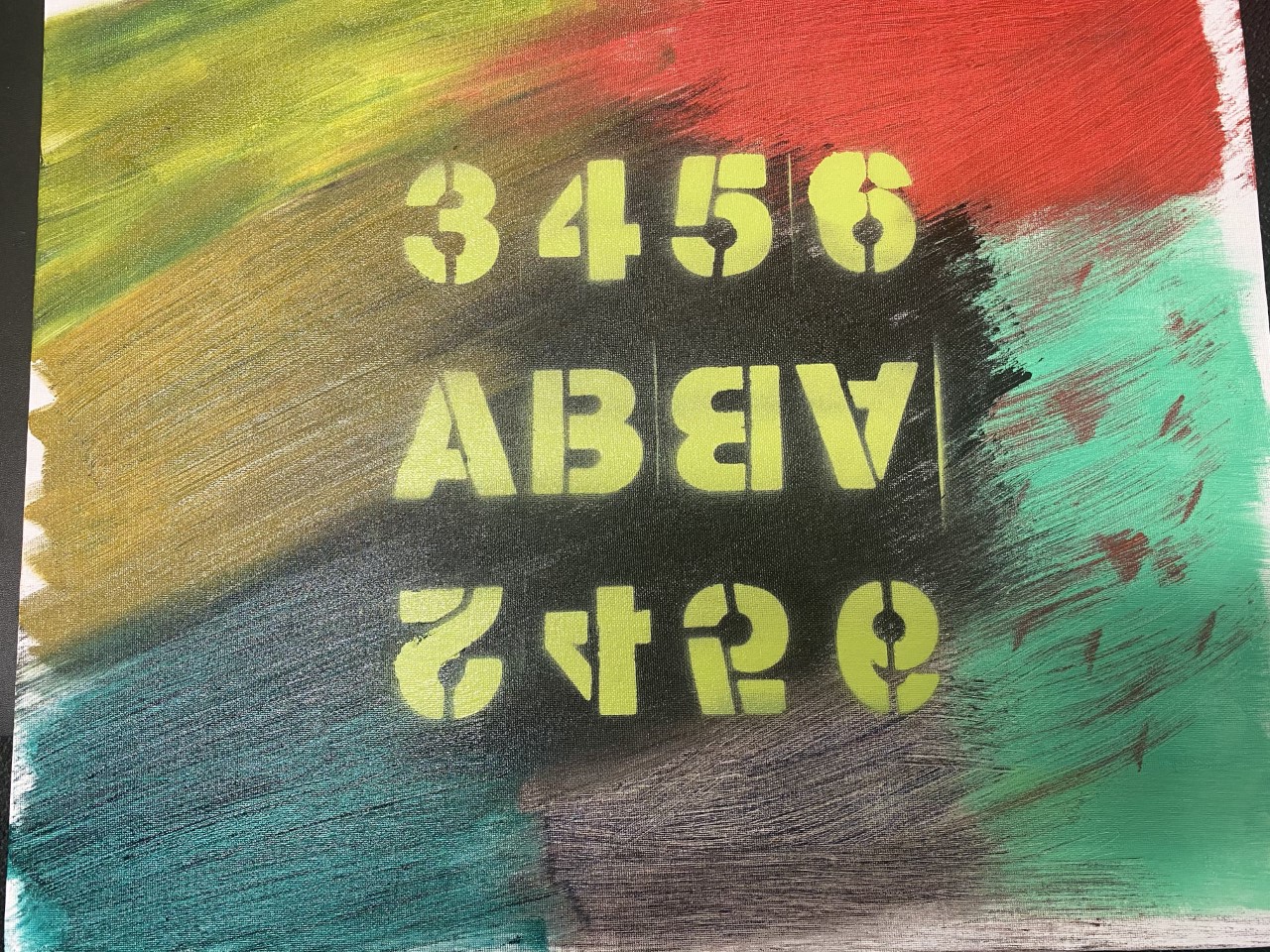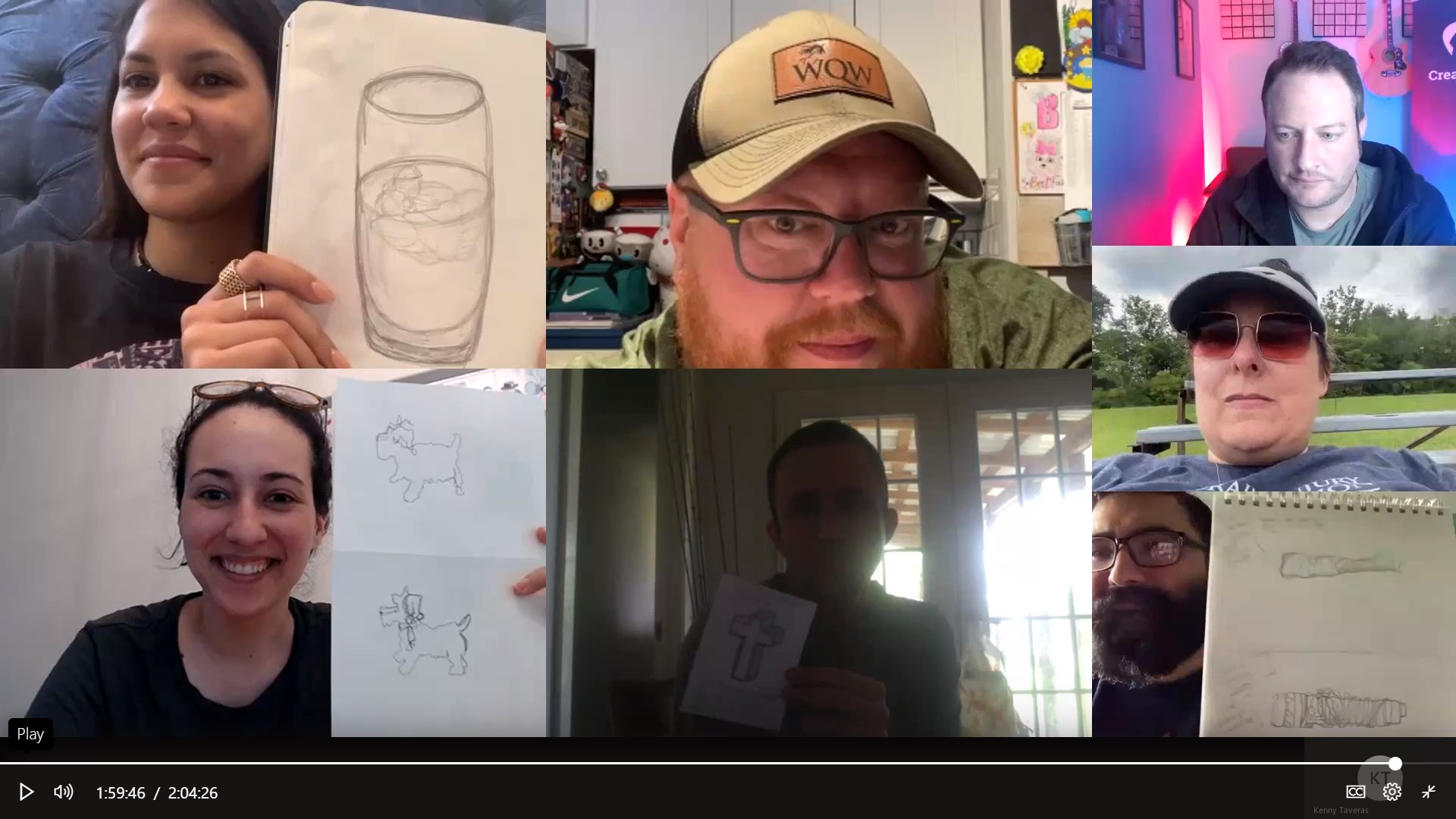CreatiVets Veteran Art Program in Partnership with the Dallas Museum of Art

Not only is Texas the second-largest state, it is also home to the second-largest veteran community in the country. As of 2018, more than 1.5 million veterans live in Texas, with approximately a quarter residing in the Dallas-Fort Worth area. The transition to civilian life can be difficult, especially for those coping with service-related trauma. Artistic expression is particularly effective in relieving the symptoms associated with post-traumatic stress (PTS) and traumatic brain injury (TBI). Art offers a sensory means of expressing traumatic memories but does not require verbal expression, which many veterans resist and avoid. In 2020, Creativets joined forces with the Dallas Museum of Art (DMA) to increase arts opportunities for Texas veterans. They launched a free, semester-long series of art workshops and open studio sessions for Dallas-Fort Worth veterans, hosted by several participating art facilities. When the COVID-19 pandemic took hold, these in-person programs were suspended and transitioned to a virtual format.
The effect of COVID-19 was especially difficult for veterans suffering from PTS. Veterans found themselves isolated at home without the support of their community and disconnected from their support networks. It was, and continues to be, especially challenging for veterans who may already suffer from anxiety or depression. Our art programs offer participants a healthy outlet for self-expression and the opportunity to connect with fellow veterans.
Initially, in-person programming focused on the local Dallas-Fort Worth veteran community. In the spring of 2020, in-person programming consisted of a day-long introduction to an art form or technique with a guest artist followed by a separate half-day open studio session. When the pandemic imposed creative constraints, it prompted us to seek out new opportunities for engagement. The transition to virtual platforms allowed us to reach a broader audience and applicants throughout Texas were invited to participate. Beginning in the fall of 2020, CreatiVets instructors, DMA staff, and guest artists provided structured virtual classes for veterans. The sessions used works of art in the collection as a point of departure for discussion and artmaking. Because the group could not gather in person, we mailed art supplies in advance of the program to each veteran’s home.
Course curriculum was also tailored for virtual programming. The program team considered which art forms and techniques would lend themselves well to virtual instruction, leading us to swap out photography for a session focused on clay. Given the group’s interests, the DMA selected objects from the online collection made primarily by Texan artists. Instructors also led timed-art challenges inspired by the works of art, which allowed veterans to quickly test out techniques in a low-stakes setting. To enhance engagement, CreatiVets recruited prior program alumni to join the group to offer a familiar and qualified voice. One of these veterans was Sean Jordan, an Army veteran who had never considered art as a means to deal with or explain his personal story. However, after attending our collage class, he submitted his artwork as a gift to the art instruction team and had this to say:
“I wanted to thank CreatiVets, the DMA, [guest artist]Wayne Brezinkaand so many others involved in this program for opening up a part of my life that I never knew I had. The collage art bug has bitten me and not let go. I am so humbled by Wayne and the staff for accepting my collage art and I really couldn’t be happier.”

Conclusion
As of May 2021, CreatiVets and the Dallas Museum of Art have hosted two semesters’ worth of virtual programming, which have been very successful. Although we faced challenges hosting virtual workshops, we have received testimonials and reports from veterans regarding improvements and satisfaction in their emotional, physical and mental well-being. Furthermore, participants have already volunteered to mentor veterans in future programs. Most importantly, participants have continued to use art as a form of healing through ceramics, collage, and drawing. The success of these programs has encouraged the CreatiVets/DMA teams to continue hosting these programs well after the COVID-19 pandemic draws to a close.
In order to quantify our results, CreatiVets utilizes pre and post-program surveys to measure, collect, and analyze program outcomes. This performance-based approach allows us to adapt and evolve to the ever-changing needs of the veterans we serve. These surveys ask them to rate their physical and mental health, such as the amount of quality time spent with friends/family/ physical/mental health, and emotional, physical, social, intellectual, and professional goal-setting. Of the 13 metrics we evaluate, we saw improvement in all 13, 11 of which showed significant improvements.
According to the Veterans Affairs Department, Texas is on-track to be home to the largest veteran community in the country by 2030, and we look forward to growing this partnership over time. More data regarding these trends can be found here.
- ABOUT THE ORGANIZATIONS
Dallas Museum of Art
The Dallas Museum of Art (DMA) is a space of wonder and discovery where art comes alive. The Museum places art and our diverse communities at the center from which everything radiates and celebrates world art and cultures spanning 5,000 years of history. The DMA’s Education Department offers nearly 5,000 multidisciplinary programs annually, which occur on-site at the Museum, off-site at schools and partner sites, and online through sustained collaborations that engage populations of all ages, abilities, and backgrounds. Annual program offerings include lectures, films, gallery tours, family programming, performances, programs for visitors with disabilities, and art camps and workshops.
CreatiVets
CreatiVets’ goal is to offer relief and healing for the men and women who have sacrificed so much for our country. Our purpose is to use various forms of art, including songwriting, visual arts, music, and creative writing, to help disabled veterans cope with service-related trauma (i.e., post-traumatic stress and traumatic brain injuries) by fostering self-expression in a way that allows them to transform their stories of trauma and struggle into an art form that can inspire and motivate continued healing. Through compassion, we are helping veterans live again.
Creative art forms like those offered by the CreatiVets’ programs have shown tremendous effectiveness in reducing PTS and TBI symptoms, reducing the severity of depression and anxiety that often accompanies trauma, and improving the quality of life for veterans and their families. Researchers have found relief and healing provided by music and art possible because these forms of expression do not necessitate exposure to the facts of the trauma. Additionally, these creative outlets allow the individual to avoid the stigma of receiving mental health treatment.
When developing CreatiVets programming, we structure our sessions to allow the participating veterans to express their thoughts and feelings without verbalizing or directly confronting the trauma. Our artistic outlets focus on creating an environment in which the veteran feels safe, providing an expressive medium that does not threaten that feeling of safety and helps veterans lead healthy lives again.


